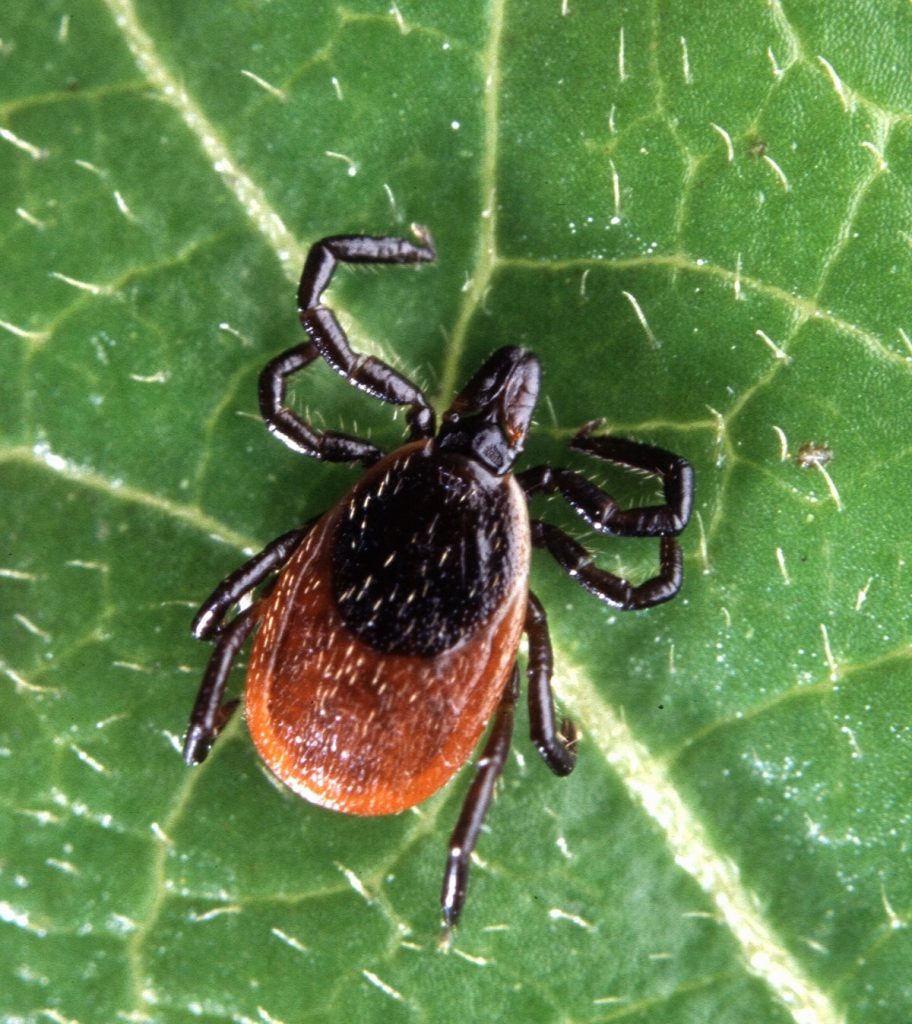Seasoned Firewood Is Available!
- Seasoned Mixed Hardwood
- Dried for 9 months minimum.
Half Cord $175
Full Cord $300
One and a Half Cords $450
A delivery fee may apply. Local pickup is available.

Bucks County Pennsylvania has a number of different tick species, some of which can cause serious health issues in humans and animals if left untreated. Identifying different ticks is an important step in determining the risk posed by any given tick. Common ticks found in the area include blacklegged ticks, also called deer ticks, lone star ticks, American dog ticks, and groundhog or woodchuck ticks. Each is slightly different in shape, size, patterns on their backs, and coloration. Therefore it is important to differentiate one species from another because certain species pose greater threats than others; for example deer ticks are known to spread Lyme Disease among other illnesses. Knowing how to identify them will help prevent you and your pets from becoming infected with dangerous illnesses carried by these parasitic arachnids.
The Blacklegged Tick, or Ixodes scapularis is a pest that has been steadily encroaching upon Pennsylvania. While it can be found throughout the eastern United States and had even made its way into some parts of the Northern Midwest, recent years have seen an invasion in most counties within PA. This includes three hotspots: SEPA (Southeast Pennsylvania), North Central Counties like Elk & Clearfield, as well as Presque Isle County Erie!
All three stages of the blacklegged tick – larvae, nymphs and adults – can feast on human blood. They certainly don’t shy away from small mammals and birds either! Starting out their lives munching on squirrels, mice or grouse for sustenance, as they age these hungry insects move up in the hierarchy feeding even deer with delight.
Blacklegged ticks are a notorious carrier of Lyme disease, as well as presenting the risk for human babesiosis, an uncommon fever-causing illness. However, it can take up to 24 hours before these stealthy pests successfully transmit any agents causing serious illnesses such as Lyme Disease.


The American Dog Tick, scientifically known as Dermacentor variabilis, is an incredibly common species of tick in the US. Found from Nova Scotia to the Gulf Coast in the eastern two-thirds of America – and seemingly everywhere across Pennsylvania specifically! – its existence provides a troubling reminder that vigilance against these bloodsuckers isn’t limited by borders.
The American dog tick, which gains its namesake from commonly afflicting canines, is easily recognizable by white markings along its back. It’s immature stages often lurk on small rodents such as meadow mice while adults spread to a wide range of hosts, including the likes of cats and livestock like cattle, hogs or even horses. Sometimes they can achieve reaching the size of a grape when greatly engorged after a meal or two!
While Lyme disease remains the most well-known tick-borne illness, American dog ticks can inflict an equally concerning sickness called Rocky Mountain spotted fever. Furthermore, tularemia and tick paralysis are just two of its potential consequences, making this small arthropod a serious threat to your health!
The lone star tick, Amblyomma americanum, is a widely distributed pest found in the United States. It’s particularly fond of urbanized areas such as those near the southern counties of Pennsylvania and extends from Texas to Missouri up to the Atlantic coast. Be aware that this tenacious arachnid can be active during milder months throughout early spring all the way into late fall!
From the smallest of creatures to their larger brethren and even humans, Lone Star Ticks are notorious parasites feeding on them all! During its life cycle, larvae feed mainly on small animals while nymphs have a wider selection. Once they reach adulthood though, these critters will happily take up residence on bigger prey such as deer or us!
The Lone Star tick, native to Pennsylvania and other parts of the US, is a potentially dangerous vector for several illnesses. From tularemia to Rocky Mountain spotted fever – even causing acute paralysis in both humans and canines. This pesky pest could make life miserable if not kept in control! Although these ticks are not typically associated with Lyme disease transmission, there have been rare reports of erythema migrans developing after attachment, making this pest even more worrisome for those living in its range!


Ixodes cookei is a less-frequently encountered tick, but it’s undeniably prolific in certain parts of the US. From Texas across to South Dakota and up through Maine, this particular species can likely be found east of the Rockies – with an especially high population density along Pennsylvania’s western & northern regions!
This tick is a real groundhog enthusiast! It doesn’t stray far from its favorite hosts, but occasionally makes ‘surprise visits’ to birds, small animals or even humans.
While commonly found in the wild, Groundhog Ticks are not viewed as a prime vector for Lyme disease due to its selective diet consisting primarily of groundhogs. Fortunately, laboratory testing has determined that it does not feed on Peromyscus sp. (deer mice) during the larval stage, eliminating any potential this species had of becoming an important carrier for borreliosis and other zoonoses.
A delivery fee may apply. Local pickup is available.
